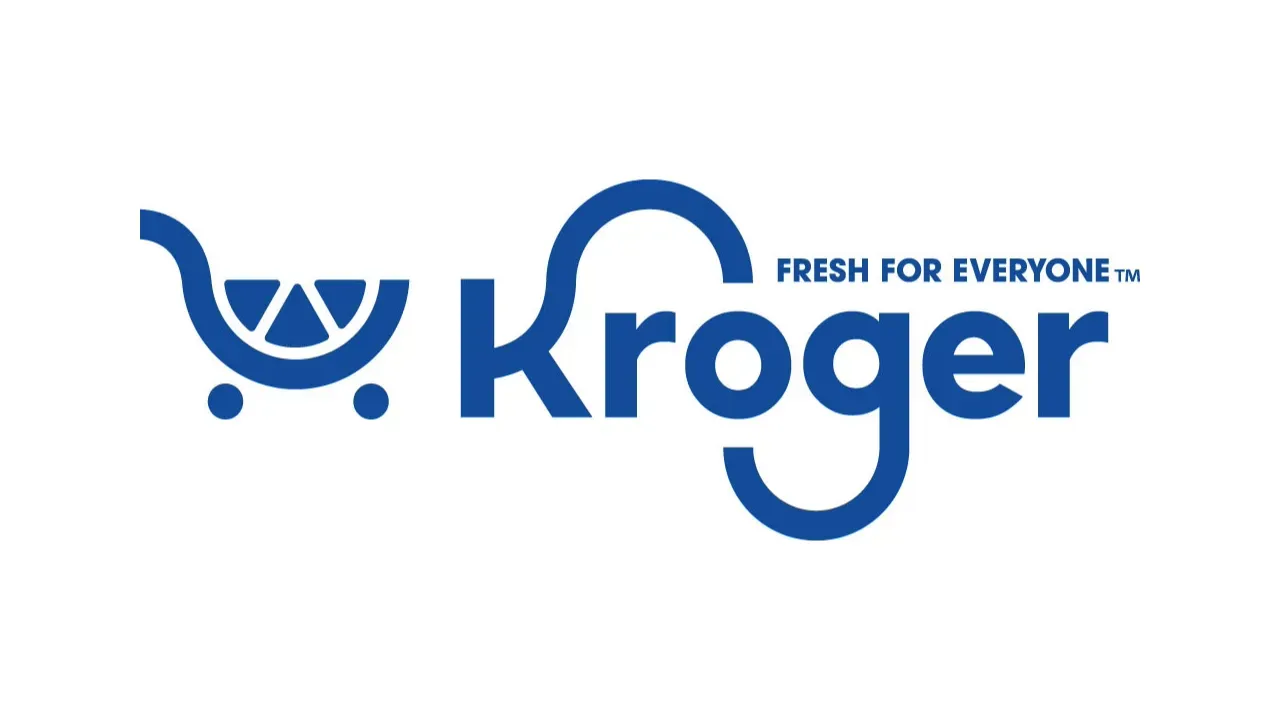Who doesn’t like a good sports story, especially with the Super Bowl in our rearview mirror but our hearts still on the gridiron? There’s one that’s especially on point these days, given where we’re at with digital commerce. It’s summer, 1961. The Green Bay Packers, just off a crushing defeat costing them the NFL Championship, are back at training camp with Coach Lombardi. He doesn’t jump into the latest, supercharged power formation or tactical system. Nope. He begins, “This is a football.” He opens the playbook. Starts at page one. Refocuses on what’s needed at the most fundamental levels to win. And it pushes them over the top. They come back to beat the Giants 37-0 in the next Championship.
 It’s time to take a page from Lombardi’s playbook. In today’s omnichannel environment, too many companies are following a path of haphazard evolution, scrambling to retrofit outdated operating models to keep up. Again and again, digitally native brands are capturing the consumers of more established brands, who are still bolting on digital tactics. Adding insult to injury, these next-generation competitors are doing omni-business profoundly more profitably than the less nimble classic brands. To win, we need to stop jumping headfirst into the next great thing — until we know we’ve got the fundamentals right.
It’s time to take a page from Lombardi’s playbook. In today’s omnichannel environment, too many companies are following a path of haphazard evolution, scrambling to retrofit outdated operating models to keep up. Again and again, digitally native brands are capturing the consumers of more established brands, who are still bolting on digital tactics. Adding insult to injury, these next-generation competitors are doing omni-business profoundly more profitably than the less nimble classic brands. To win, we need to stop jumping headfirst into the next great thing — until we know we’ve got the fundamentals right.
The game has changed. There’s no longer one path to success, with physical and digital consumer touchpoints highly entwined, social commerce encompassing the full path-to-purchase funnel, and over 90% of shopping journeys starting online. A rapidly changing consumer journey has opened new avenues for competitors to out-innovate and out-communicate — and make meaningful connections with our consumers.
If you could start over (you can!), what would your organization and approach look like? Here’s where I’d begin:
• Walk away from fragmented approaches. Start with an overarching, organizational omnichannel strategy across all teams, channels and platforms; then build channel-specific strategies that ladder up for consistent branding and messaging.
• Drive an enterprise-wide, omnichannel commerce mindset. From finance to HR, product supply to business intelligence, sales to marketing: Are all thinking, what’s best for both brick-and-mortar and e-commerce? Do all share a goal of facilitating the consumer’s evolving needs and omnichannel purchase journey? Is this driving their priorities, strategies, budgets and decision making? If not, revolution, not evolution, is needed. Restructure (more on that later). Upskill your people so they understand their role in achieving your omnichannel commerce goals. Embed ownership and accountability across functions and at the highest levels.
An omnichannel mindset can be a real game changer. Example: A major eye care manufacturer was looking to launch new innovation into a declining category. Through a full-funnel, go-to-market omnichannel strategy that uniquely targeted the beauty consumer, we were able to use digital to put the brand in the beauty shopper’s consideration set, and in-store activation to move her to the category aisle for purchase. The result: 85% incremental category lift, with the brand becoming the No. 1 redness reliever brand within the first year.
• Be bold in restructuring — every function, process and interaction — to deliver the best consumer experience. Solve for how to best integrate customer, inventory and order management systems and processes to prevent the biggest challenge to consumer and customer satisfaction — frequent out-of-stocks. Modernize your supply chain to increase flexibility and speed to market. Consider the Amazon selling strategy that is the right fit for your organization. Leave no stone unturned.
• Take a holistic approach to pricing, promotions, assortment and trade investment. Think about how you can direct your P&L differently, given e-commerce is now hitting upwards of 25% of sales and is still expected to rise. Many companies are now inverting their trade architecture, getting rid of siloed buckets and creating an integrated, single P&L representing all channels.
• Invest in analytical capabilities. Make sure you’re well positioned to take advantage of the granular data retail media networks have to offer. This is the best way to build deep connections with your consumers, delivering meaningful messages wherever they shop.
Successful competitors have upped their game in all of the fundamental areas needed to make the path to purchase as seamless as possible. And they will continue to do so as new consumer touchpoints arise. Take a page from Lombardi. Start at page one. Will you choose haphazard evolution or strategic revolution? What fundamentals will you refocus on to win in omnichannel commerce?
Jason Reiser serves as president of Market Performance Group, marketperformancegroup.com.






